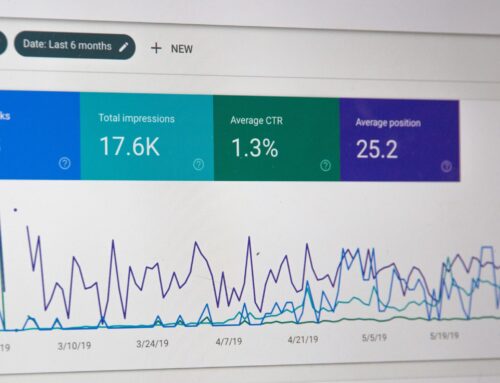 If you’ve ever taught or taken any kind of course, then you’ve probably seen this before. Pre and post-tests are a common learning tool and have various names, such as entrance and exit exams or knowledge tests. The premise is simple: test learners on a subject, teach the subject, then test them again.
If you’ve ever taught or taken any kind of course, then you’ve probably seen this before. Pre and post-tests are a common learning tool and have various names, such as entrance and exit exams or knowledge tests. The premise is simple: test learners on a subject, teach the subject, then test them again.
What these two tests are supposed to show
In the age of standardized testing and the stigma it can bring, it’s easy to be put off by any calls that support the use of any testing at all. However, pre and post-tests that are carefully designed can bring massive benefits.
The two tests each have basic functions that are useful when used correctly:
* Pre-test: Test what the learner already knows and where they are weak
* Post-test: Test what the learner has learned by taking the course
This information is crucial because it gives insight into where most learner’s strengths lie and where they are lacking. This information can then be used to revamp the curriculum for the future, in order to focus on those weaknesses. If learners are showing no improvements in the post-test, then the designers know that their lesson plan is missing the mark somewhere.
Where one can find and implement pre and post-tests
Pretty much any learning environment can implement a pre or post-test. These environments could be in the classroom, at work, or online. eLearning fields specifically, are well equipped to implement them, as learners can get quick and detailed feedback on their results. But in general, the context for these tests is typically any learning unit that begins teaching a new concept. This lets you compare sections to see where learners:
* Had the least and most prior knowledge
* Reacted best to the lesson
* Scored highest after unit completion
Of course, circumstances may call for lesson designers to plan things differently. For example, if there are many different sections, then it might be beneficial to test certain sections together, rather than testing for every single one. While this may lead to a slightly more difficult job when assessing results in the future, learners will likely be more responsive than if they felt overworked.
 How they benefit learning
How they benefit learning
If the pre-test covers all important bits of information from the lesson, then learners are likely to be more responsive when learning the material. Key terms and concepts will already be on their minds as they now begin the unit. This is where we can see elements of gap analysis. UCLA Health defines gap analysis as, “the method of identifying the difference between current knowledge, skills, and/or practices and the desired best practice.” This is key because a good pre-test should identify exactly which areas learners are lacking in. Once they have a grasp of this, they are in a better place to begin learning that material.
How to best implement them
An important step in maintaining the effectiveness of these tests is to make sure that the pre-test is given as soon as possible. This test should be the learner’s first exposure to the material. This is crucial because it means that results on the post-test are due to the quality and clarity of the lesson.
In order to make the tests and the lesson work together smoothly, the unit should be put together using backward design. What this means is that content creators should begin with the objectives – the concepts they want students to learn from the unit. From there, they design the tests to specifically evaluate the understanding of those objectives. Lastly, they should develop their lesson plans to properly guide the students to succeed on the post-test.
Benefits of Pre and Post-tests
In order to see the benefits of these tests, they need to be reliable. A learner at a certain knowledge level should be able to score similarly on any particular day. If the pre-tests and post-tests vary in difficulty, then the risk is being run of making the entire process meaningless. This can be overcome by assigning an identical test both times. But learners might still remember the exact questions if the unit is short, which would test their memory more than their actual understanding. Be sure to carefully construct questions that test the same knowledge, but in a different context. This could be as simple as picking a different set of numbers when testing on the quadratic equation.
What to take away
It’s important to remember that these tests are simply tools to aid lessons. If they are put in place with hopes of revamping a curriculum on their own, then there probably won’t be much improvement at all. The purpose of these tests is to show what gaps in learning were filled in by the course. Learners improve by knowing what to work on. Content improves once lessons are edited to be delivered better. This process is made more efficient by remembering to create tests based on the objectives you want the learners to reach and then creating the lessons to bridge that gap. If used correctly, pre and post-tests are capable of significantly improving almost any lesson plan.

 How they benefit learning
How they benefit learning


